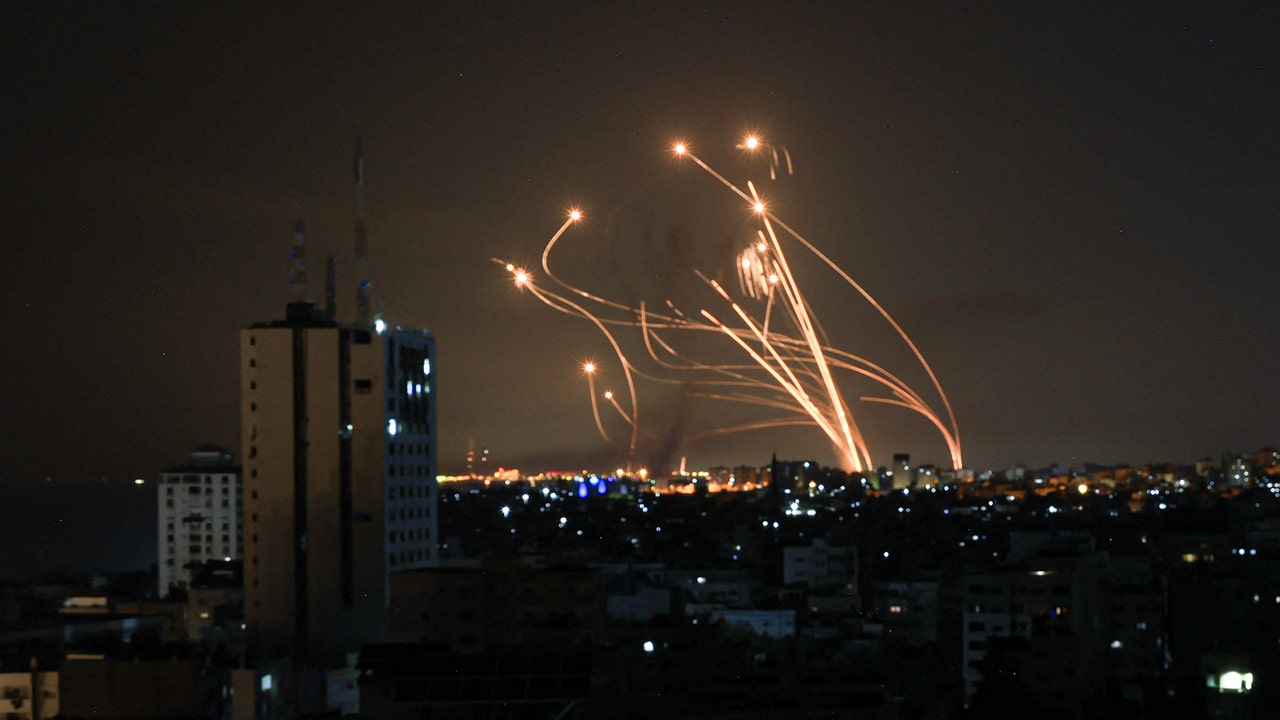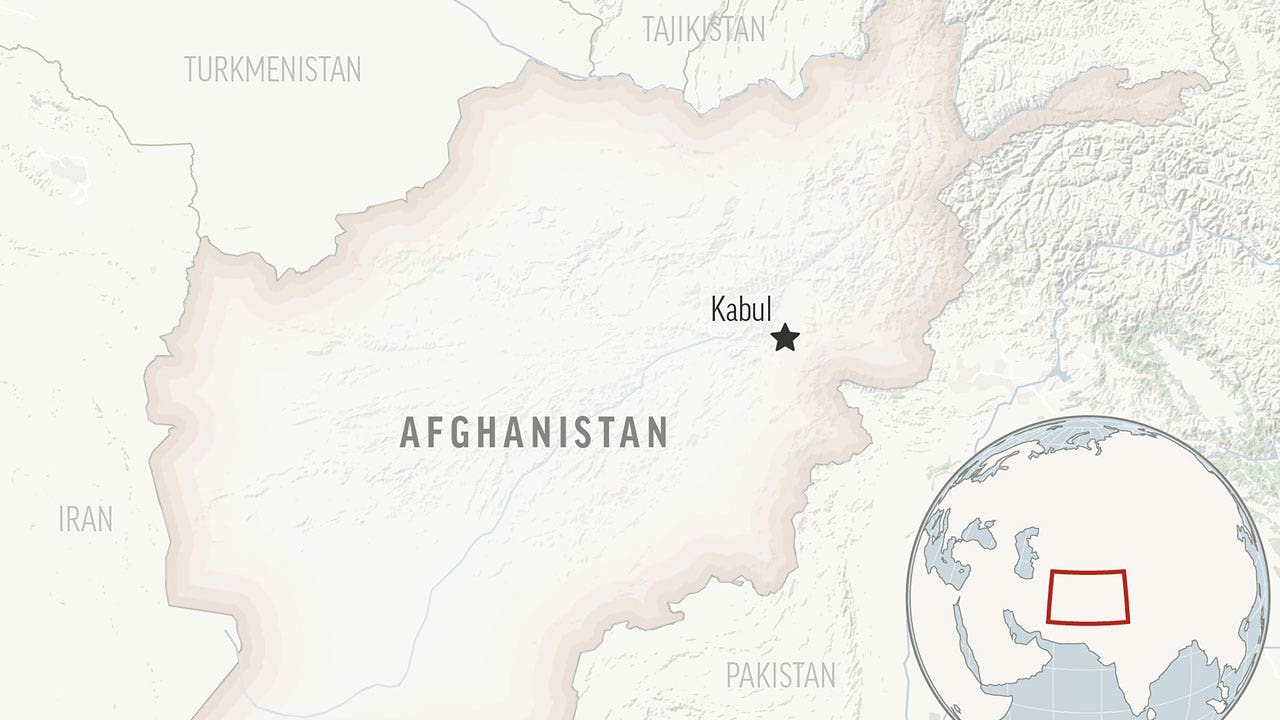JERUSALEM — Some of Israel’s most advanced military technology was on display over the weekend when its multi-level aerial defense array led the way in striking down an estimated 99% of the more than 350 drones, rockets and missiles that were fired by Iran in an unprecedented attack on the Jewish state.
From the Iron Dome, which in its latest format uses artificial intelligence (AI) to improve accuracy when shooting short-range surface-to-surface rockets, to David’s Sling, which intercepts short- to medium-range and medium- to long-range surface-to-surface missiles, to the Arrow 2 and 3 systems, which is used for longer-range ballistic and cruise missiles, as well as AI-driven aircraft and other technology, Israel’s defensive operation proved it was far superior to the offensive capabilities of the Islamic Republic.
In a press briefing following the attack, Israel Defense Forces spokesperson Rear Adm. Daniel Hagari hailed Israel’s defensive operation, which was carried out together with partners from U.S. Central Command (CENTCOM), as a “very significant strategic achievement.” He said it demonstrated the “exceptional professionalism” of Israel’s Aerial Defense Array and the “defensive abilities of the air force as well as the army’s military and technological superiority.”
BATTLEFIELD DEMANDS SPARK AI RACE IN UKRAINE AS WAR WITH RUSSIA RAGES ON
Tal Mimran, of the Cyber Security Research Center in the Faculty of Law at Hebrew University, told Fox News Digital that broader cyber methods and even AI technology were also likely used in the successful defense operation.
“AI-powered algorithms analyze radar and other sensor data to track incoming missiles and calculate the best time to intercept these more effectively and prioritize targets,” he said. “AI makes the system more effective against a wider range of threats, like drones and other small, low-flying objects.”
Mimran said the Iron Dome, which Israel has been using for more than a decade to thwart rocket attacks from Gaza and Lebanon, now uses a “significant application of AI to improve system accuracy.”
“Using AI increases the Iron Dome’s success rate to over 90% and reduces operating costs,” he said. “This is important because these threats are becoming increasingly common and pose a challenge to traditional air defense systems, as is evident in the Russia-Ukraine war.”
Mimran also noted that over the past few months “IDF officials have acknowledged using AI-based tools for several purposes, including targeting support, intelligence analysis, proactive forecasting and streamlined command and control.”
According to Mimran, Israel’s war against Hamas in Gaza has spotlighted the IDF’s Habsora, or “the Gospel,” an AI-based system that is used to generate possible military targets for attack. However, he said, accusations that the IDF has been using AI systems to commit mass assassinations give too much credit to the AI-powered tools currently in use.
Jonathan Conricus, a senior fellow at the Washington, D.C.-based Foundation for Defense of Democracies, played down the role of AI in the weekend operation, telling Fox News Digital that while the technology is incorporated in some air force systems, “a live event with 300 incoming projectiles cannot be left to AI; there needs to be responsible human in the loop making real-time decisions.”
ISRAEL’S USE OF AI IN HAMAS WAR CAN HELP LIMIT COLLATERAL DAMAGE ‘IF EXECUTED PROPERLY,’ EXPERT SAYS
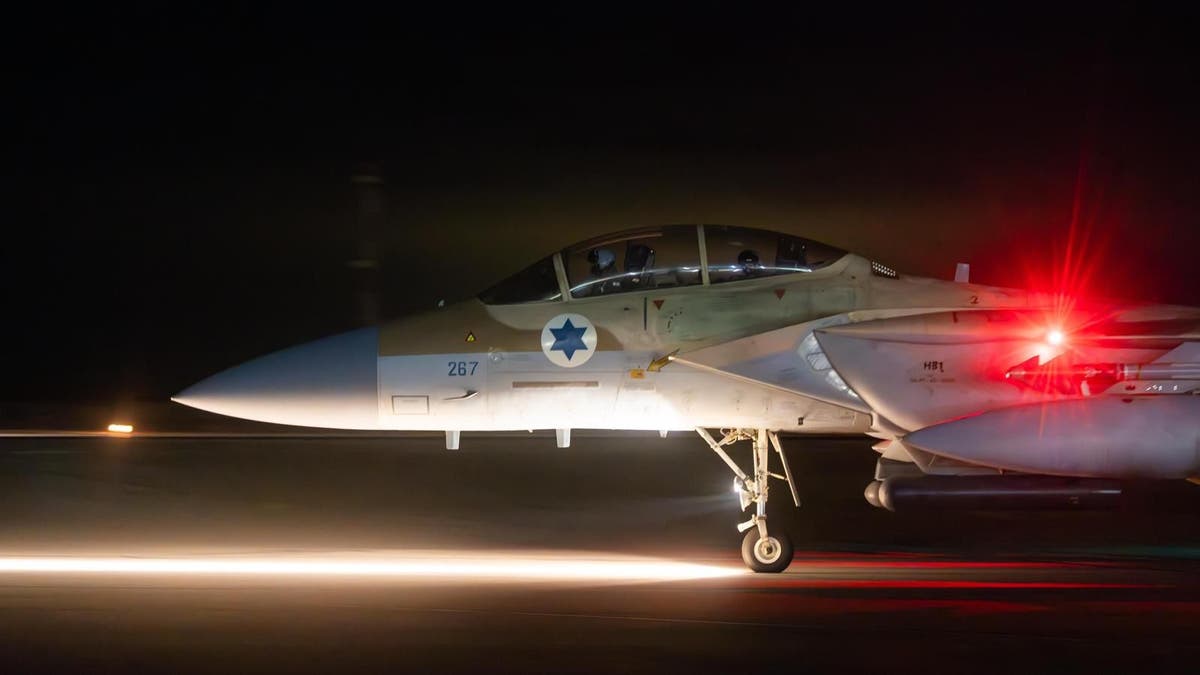
“I know that senior air force personnel were involved in controlling every aspect of this,” said Conricus, a former IDF spokesperson for the international media. “I find it hard to believe that any significant part of the targeting done [over the weekend] was done with AI.”
He said that over the past six months – since Oct. 7 when the Palestinian terror group Hamas carried out a brutal attack in southern Israel, sparking a full-blown war in Gaza and daily rocket fire by the militant Shiite terror group Hezbollah across Israel’s northern border, too – Israel has been forced to utilize its innovative missile defense technology.
“All of the systems have been fully operational since Oct. 7 and all have confirmed real-world hits,” Conricus said, adding that Israel’s newest layer of aerial defense, the Arrow 3 system, debuted just a few months ago by intercepting ballistic missiles fired by the Yemen-based Houthis, an extremist Islamist group that is supported and funded by the fundamentalist Islamist regime in Tehran. Both Hamas and Hezbollah are also Iranian proxies.
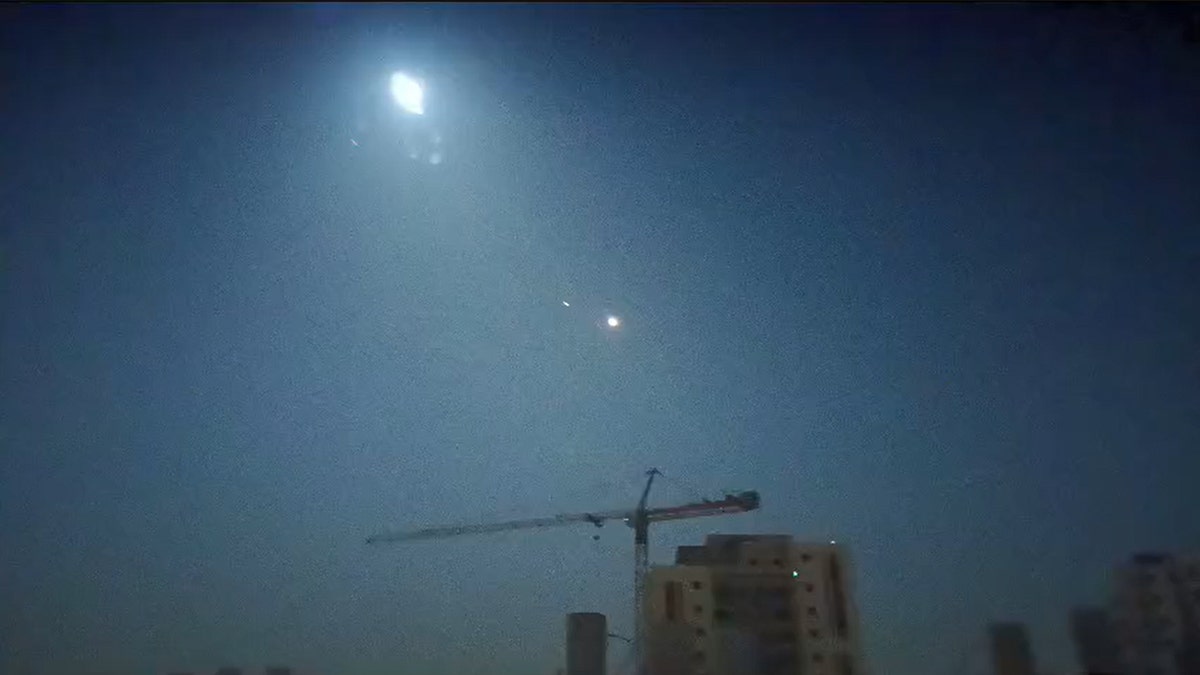
“I think that today what we have is a pretty solid and well-rounded air defense that deals with a very wide array and broad spectrum of incoming threats, from very small and fast projectiles like UAVs (unmanned aerial vehicles) to extremely large and lethal ballistic missiles, which are also very fast, tremendously big and carry a ton of explosives,” he said.
Iran’s attack on Sunday – the first ever directly from its soil – brought together all the different tiers of Israel’s defensive system, Conricus said.
“They are all interlinked and communicate with each other,” he said, describing how a central command office provided an overall picture of the attack as it unfolded, giving a threat assessment in real time and coordinating the entire operation with the U.S. and other CENTCOM partners.
WHAT IS ARTIFICIAL INTELLIGENCE (AI)?
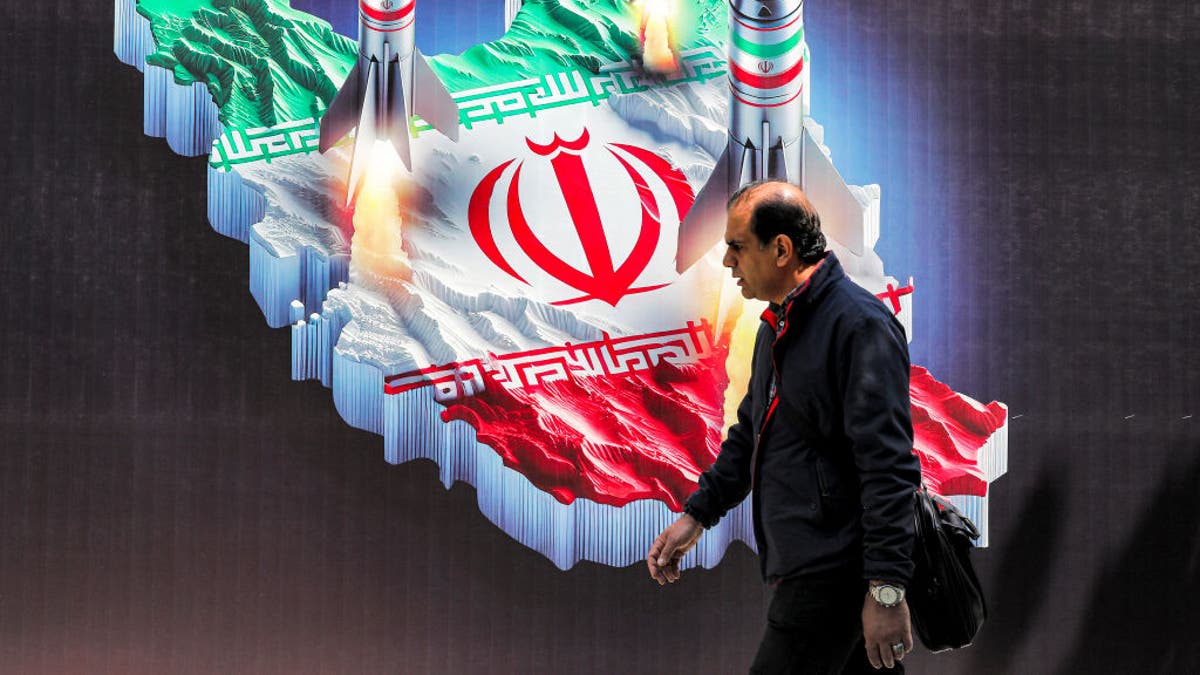
Conricus said that while many of the innovative defense systems were created by Israel, “a large part of the development was also carried out with the Americans,” allowing “the radar systems and the digital intercepting systems” to communicate with U.S. defense systems.”
“They were developed together with congressional funding and support,” he said, explaining that there were “a lot of plug-and-play capabilities” and, if needed, the U.S. systems can easily connect with the Israeli system.
According to Israeli army estimates, Iran fired some 30 cruise missiles, 120 ballistic missiles and 170 suicide drones that carried about 60 tons of warheads and explosives combined. While most of the projectiles were shot down before reaching Israel’s borders, two air force bases were lightly hit and a 7-year-old Israeli girl was seriously injured. Forces from the U.S., British and French militaries, as well as from several countries in the region, including Saudi Arabia and Jordan, participated in the operation.
“To coordinate such an attack is not an easy task because all three weapon systems have [different] velocities and performances,” said Tal Inbar, a senior research fellow at Missile Defense Advocacy Alliance.
He said that the UAVs, mostly Iranian-produced Shahed 136s, would have been fired first because they move at the slowest pace; followed by the cruise missiles and finally the ballistic missiles, which have a relatively short flight time from Iran to Israel, depending on the launch site.

Inbar noted that Iran’s decision to use drones gave Israel several hours to “prepare itself to the maximum.”
In addition to deploying advanced missile defense systems and scrambling fighter planes, he said Israel also put in place some levels of cyberprotection, including disrupting satellite navigation, which is effective in stopping some of the projectiles from reaching their targets.
“Ballistic missiles cannot be jammed because they use an internal navigation system, but this is not the case with drones,” Inbar said, noting that Israelis have become used to GPS disturbances over the past six months.
Recent media reports also suggest that Israel deployed its new $1 billion spy plane, the Oron, which provided vital information that was used to track and destroy the drones and missiles in flight. The high-tech jet, which Israel unveiled at last year’s Paris Air Show, is equipped with thousands of advanced sensors. The Oron has the ability to scan vast terrain and gather an unprecedented amount of information at a considerable distance from the targets being tracked. When asked about the Oron spy plane, the IDF did not comment.
Read the full article here



